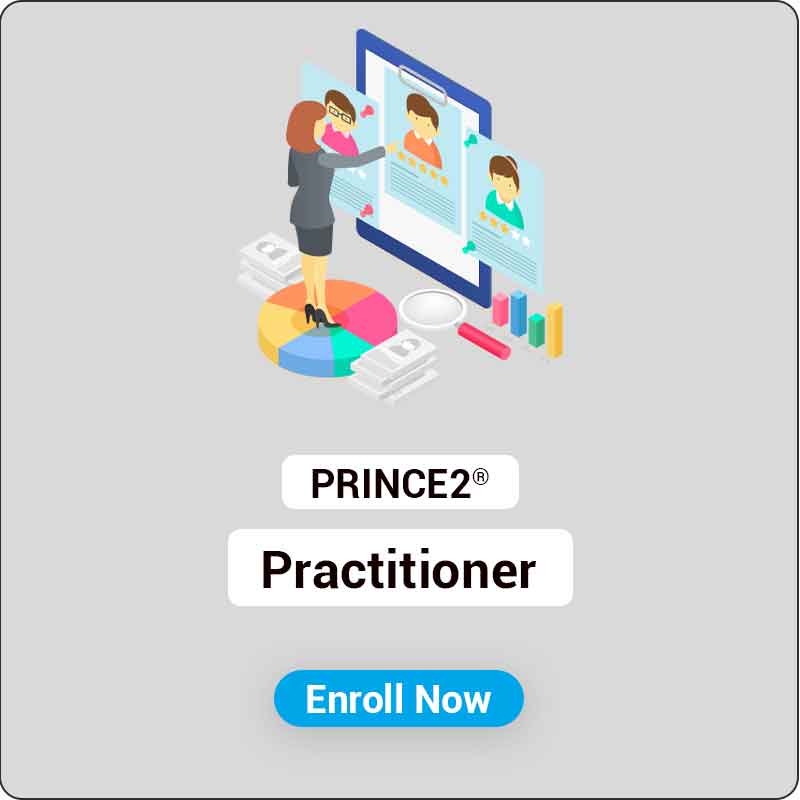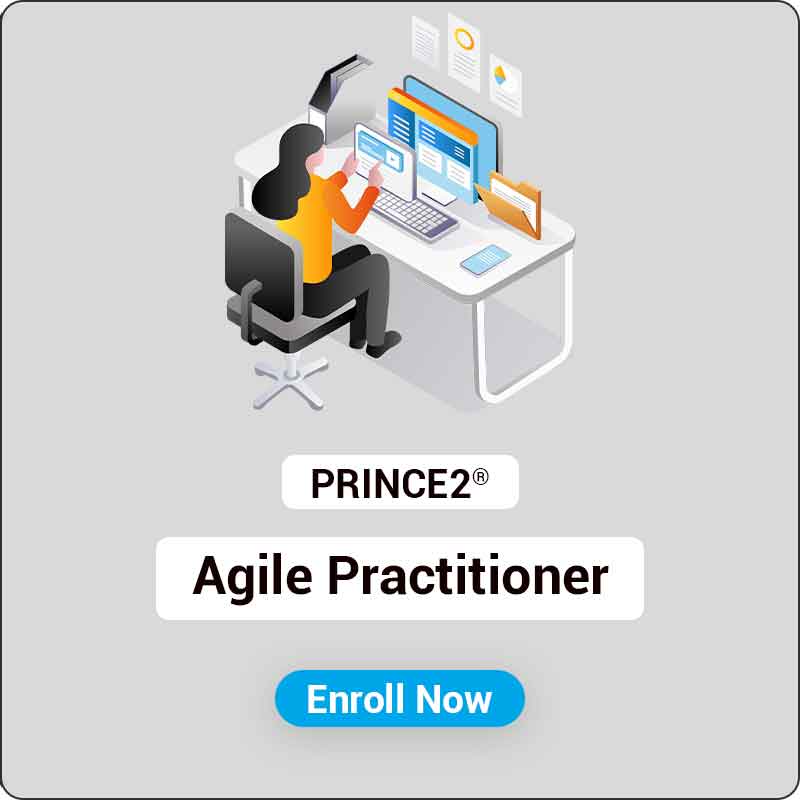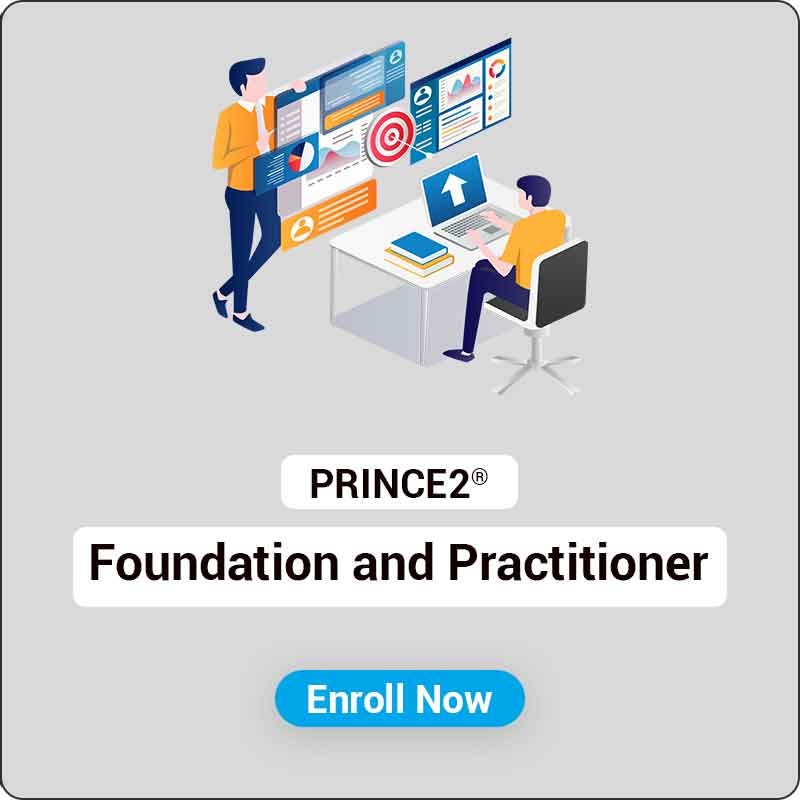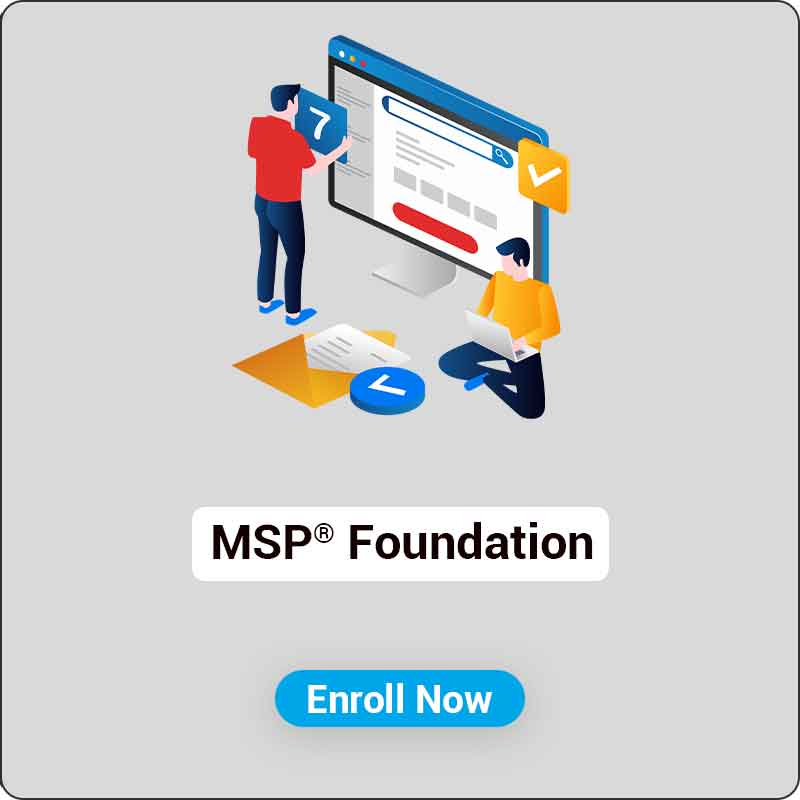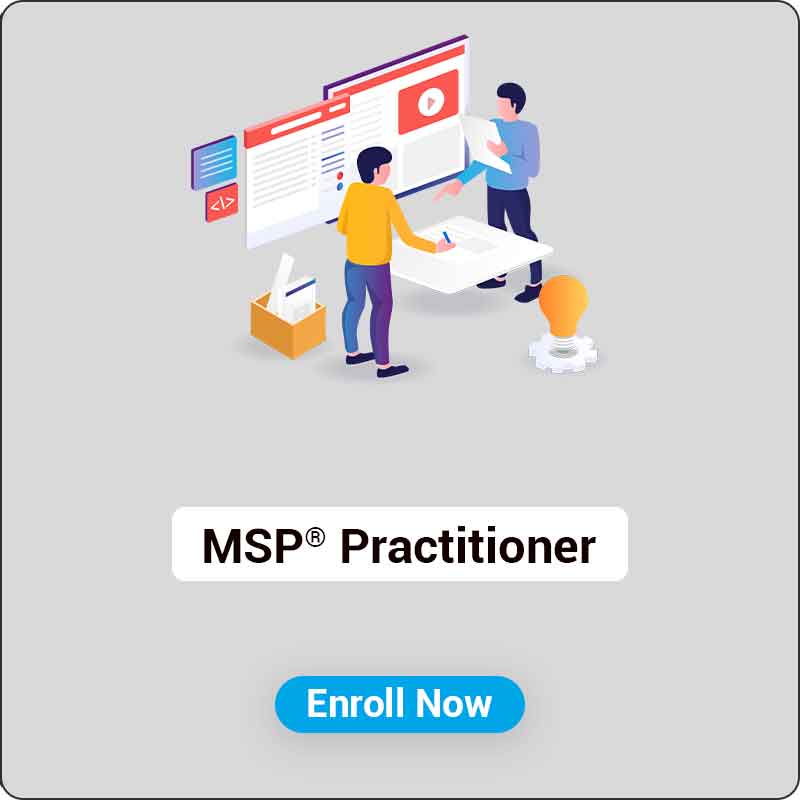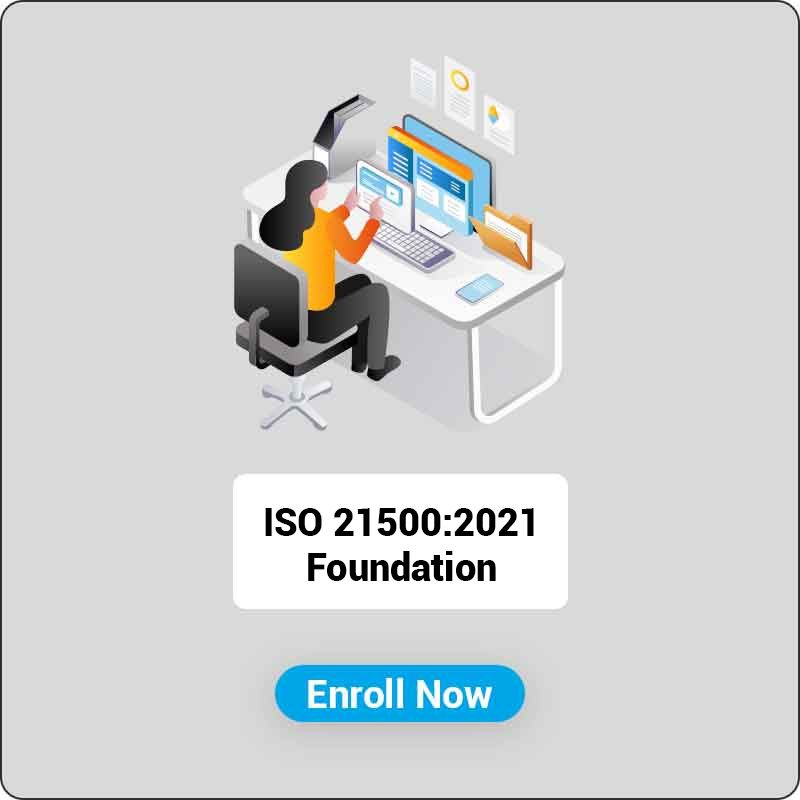PRINCE2® Agile Foundation and Practitioner Training
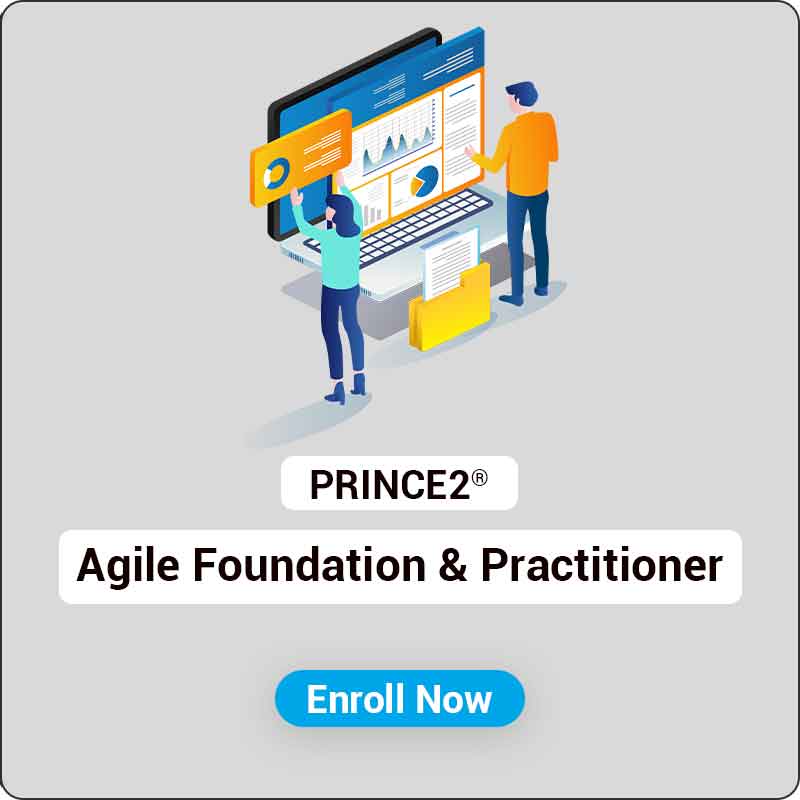
Accredited By
Course Package
Exam Voucher by PeopleCert
Official Training Material from PeopleCert
Official PRINCE2® Agile Foundation and Practitioner E-Book
Highly Experienced & Accredited Instructor
Live Instructor-Led Sessions
Real Life Examples & Case Studies
Lifetime LMS Access
K-Prime Warranty
Exam Voucher by PeopleCert
Official Training Material from PeopleCert
Official PRINCE2® Agile Foundation and Practitioner E-Book
Highly Experienced & Accredited Instructor
Live Instructor-Led Sessions
Real Life Examples & Case Studies
Lifetime LMS Access
K-Prime Warranty
Target audience
-
Project Managers
-
Project Team Members
-
Agile Practitioners
-
Scrum Masters
-
Product Owners
-
Business Analysts
-
PMO Staff
-
Executives and Senior Managers
Pre-requisites
The are no prerequisites for the PRINCE2® Agile Foundation and Practitioner combined course. However, generally, the following are recommended:
-
PRINCE2® Foundation Certification: Before enrolling in the combined course, PRINCE2® Foundation certification is strongly recommended. This assures that participants have a fundamental understanding of PRINCE2®'s principles, themes, and processes.
-
Agile Knowledge: Knowledge of agile methodologies, such as Scrum or Kanban, is advantageous. Participants will comprehend the integration of PRINCE2® and agile better if they are familiar with agile concepts, practises, and terminology.
-
Project Management Experience: Experience in project management, either as a project manager or as a member of a project team, is not required, but will provide a context for comprehending and employing PRINCE2® Agile concepts.
PRINCE2® Agile Foundation and Practitioner Training Exam and Certification information
PRINCE2® Agile Foundation Exam:
-
Format: Multiple-choice questions
-
Number of Questions: 50 questions
-
Pass Mark: 55% (28 out of 50 questions)
-
Duration: 60 minutes
-
Open Book: No
-
Exam Style: Closed book
PRINCE2® Agile Practitioner Exam:
-
Format: Objective testing (multiple-choice, multiple response, matching, sequencing)
-
Number of Questions: 50 questions
-
Pass Mark: 55% (28 out of 50 questions)
-
Duration: 150 minutes
-
Open Book: Yes. Participants are allowed to bring the official PRINCE2® Agile guide for reference during the exam.
-
Exam Style: Open book, meaning participants can refer to the PRINCE2® Agile guide during the exam to find answers.
Other Important Information
Notably, the PRINCE2® Agile Practitioner exam is an open-book exam, permitting participants to consult the official PRINCE2® Agile guide during the exam. However, the PRINCE2® Agile Foundation examination is a closed-book examination, meaning participants are not permitted to consult any study materials or resources.
PRINCE2® Agile Foundation and Practitioner Training Certification Journey
Course Outline
- PRINCE2® Overview
- Agile Overview
- Why PRINCE2® Agile?
- PRINCE2® Principles
- Agile Manifesto and Principles
- Blending PRINCE2® and Agile
Check Our Upcoming Batches
Frequently Asked Questions.
The PRINCE2® Agile Foundation and Practitioner certifications combine the structured approach of PRINCE2 with the flexibility of Agile, preparing you to manage projects in adaptable environments. These certifications strengthen your ability to balance governance and delivery, making you a well-rounded project manager for traditional, Agile, or hybrid projects.
PRINCE2® Agile Foundation and Practitioner certifications refer to qualifications that blend the structured framework of PRINCE2 with the flexibility and adaptability of Agile practices. These certifications teach you how to customize PRINCE2 methods for Agile environments, allowing for effective project management in dynamic, fast-paced settings.

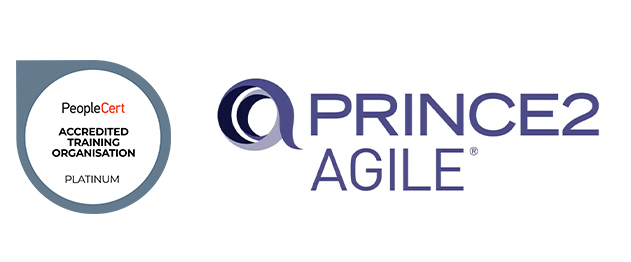
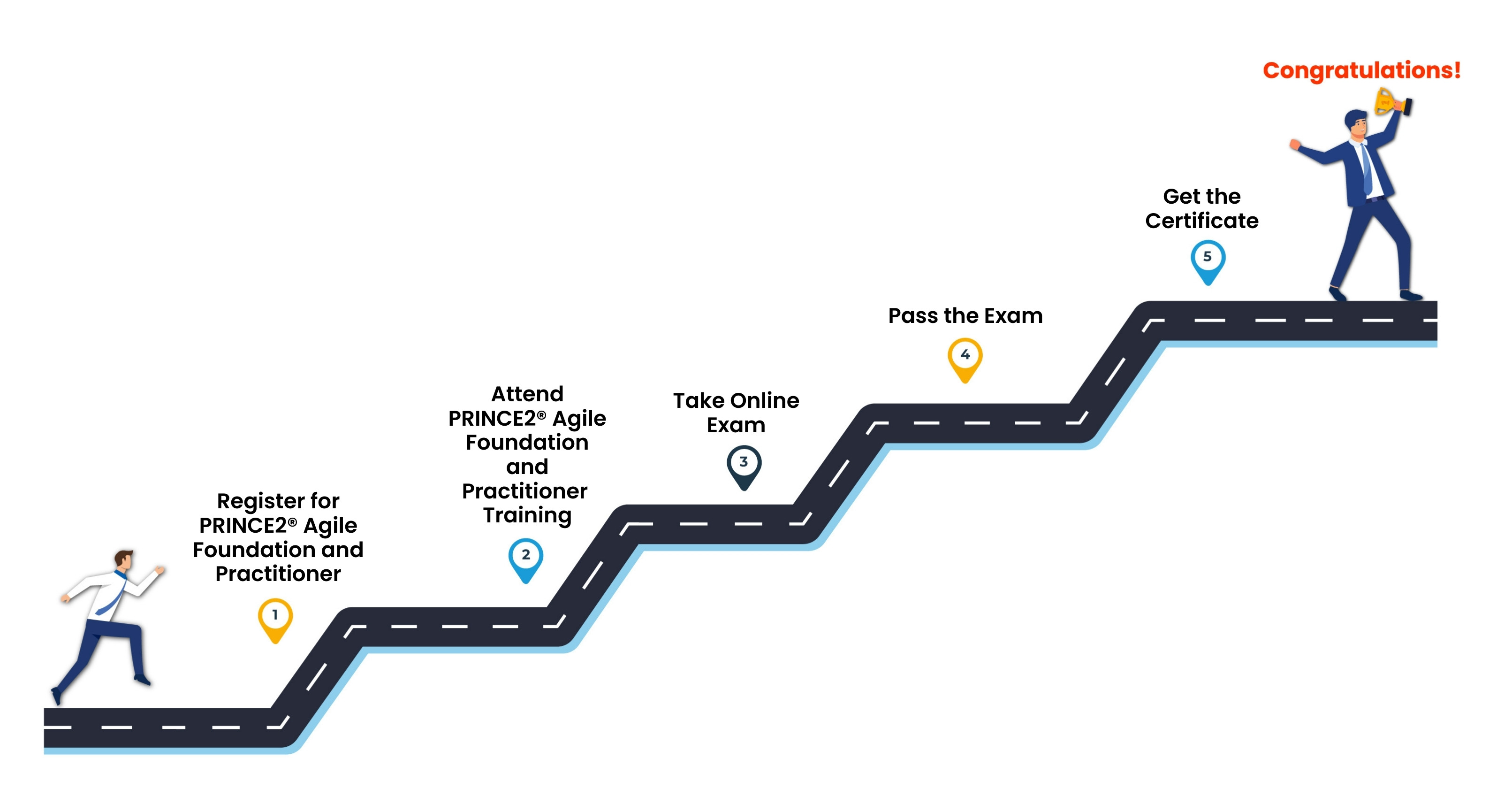
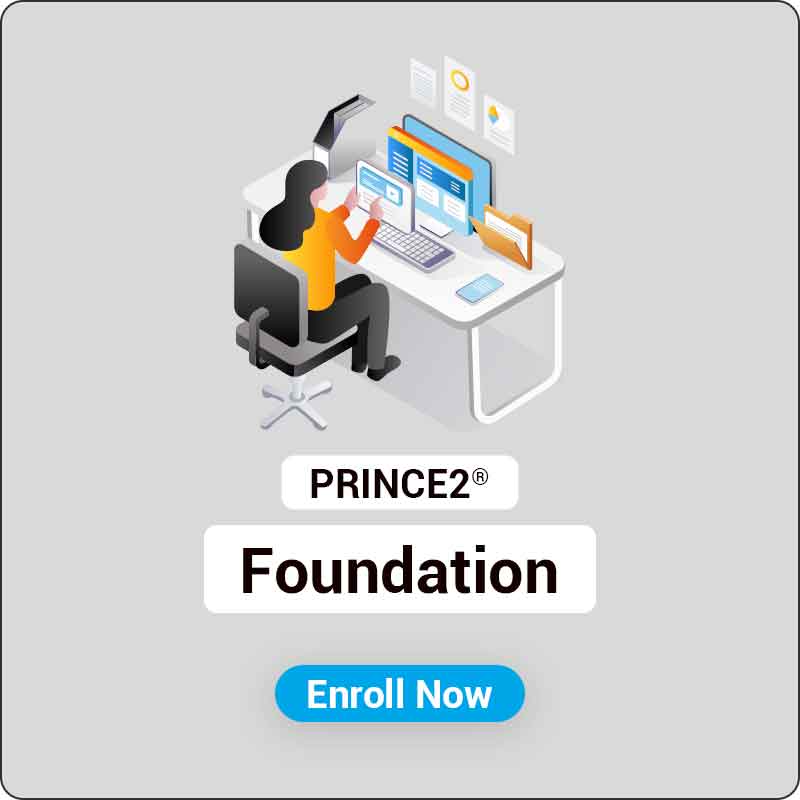
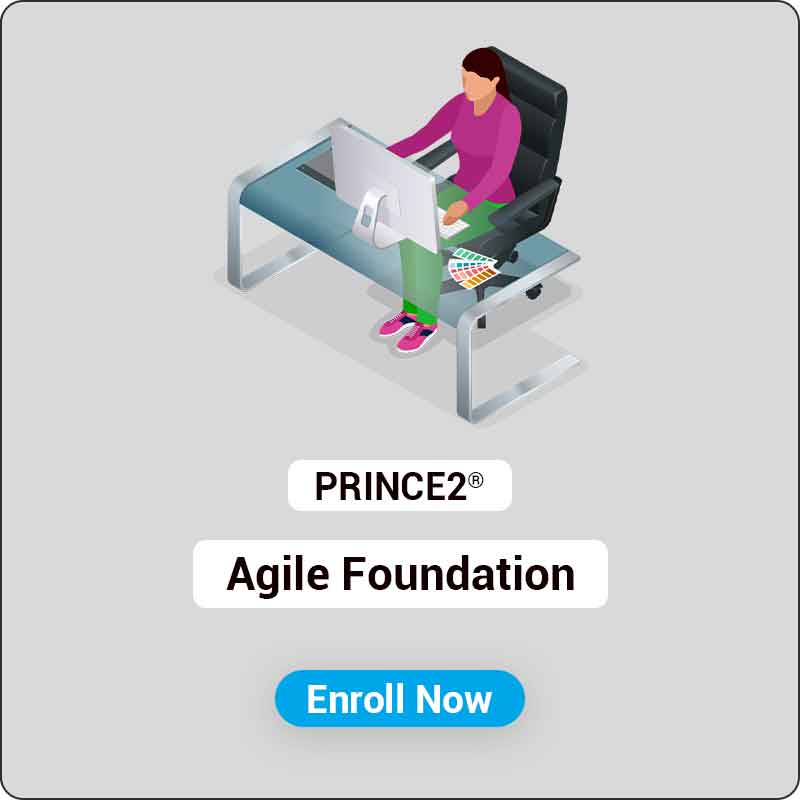
.jpg)
-compressed.jpg)
